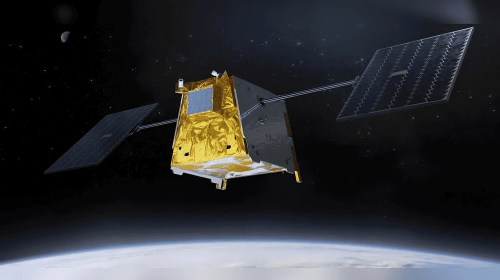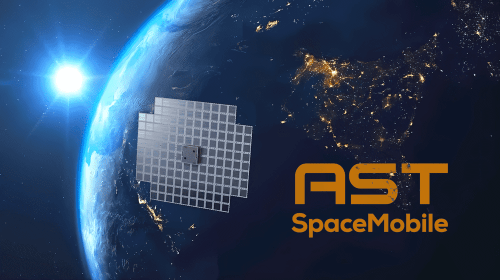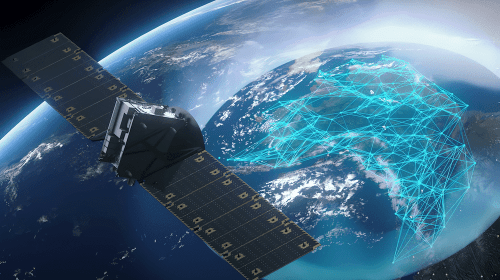Not known for its space program, the African continent nations of South Africa and Nigeria are making waves in the heavens.
Africa is jumping into the space race
Not known for its space program, the African continent nations of South Africa and Nigeria are making waves in the heavens.
Both nations have fledgling programs that are now starting to make significant strides.
Nigeria’s space agency, the National Space Research and Development Agency, operates several satellites. South Africa launched its first satellite, SUNSAT, in 1999 and its second, SumbandilSat, in 2009.
South Africa’s national space agency, SANSA, was formed in 2010. In 2013, the Cape Peninsula University of Technology launched South Africa’s first CubeSat, ZACUBE-1.
Earlier this year, South Africa launched the weather satellite Kondor-E into orbit. Built in Russia for South Africa, Kondor-E provides all weather, day-and-night radar imagery for the South African military.
Nigeria has used its satellites to monitor the oil-rich Niger Delta.
Its satellites have also been used in election monitoring, providing crucial information about voters who may otherwise have been overlooked by poll workers.
Satellites have also proved useful in the fight against extremist groups such as Boko Haram. In 2014, Nigeria used its SatX and Sat 2 satellites to monitor the group’s movements and to help find the 273 girls it had abducted.
Amnesty International pioneered the use of satellite images for human rights research and advocacy over the past six years using imagery from GeoEye and DigitalGlobe. It has also used satellite imagery to collect information about Boko Haram’s activities. Satellite photos taken in January showed the scale of the group’s atrocities after they attacked the towns of Baga and Doron Baga.





